Baobab Oil: A Comprehensive Guide to its Benefits for Skin
This extraordinary oil is extracted from the seeds of the majestic African baobab tree – a symbol of resilience, strength, and longevity. Packed with powerful nutrients, this eco-friendly ingredient can help unlock your skin's potential.
This article continues our comprehensive series on the best face oils. Keep reading to learn more about baobab and the great benefits of using baobab for skin and hair care.
The Origins of Baobab Oil

Baobab tree oil has a rich history rooted in the ancient African continent, where it has been used for centuries by Indigenous communities as an integral part of their daily routines. Derived from the seeds of Adansonia trees – also known as the 'Tree of Life' – this precious elixir boasts regenerative and healing properties that have stood the test of time.
The baobab tree is an iconic symbol of Africa's landscape, often called the "tree of life" due to its ability to store water in its trunk and branches during dry seasons. In African folklore, the baobab tree is considered sacred and believed to possess supernatural powers. The oil extracted from its seeds has been used for centuries in traditional medicine and rituals for various purposes, including wound healing, treating skin infections, relieving inflammation, and as a natural moisturizer.
Baobab Oil Extraction
The baobab fruit contains a powdery pulp and several seeds encased within a hard shell.

Once the ripe fruit falls from the tree, local harvesters gather it. This sustainable harvesting method allows the tree to continue its life cycle, spanning thousands of years.
Following the harvest, the fruit is broken open; the seeds are separated from the pulp, cleaned, and left to dry in the sun. This natural drying process helps retain the nutritional content of the seeds and reduces the need for additional energy inputs, contributing to the sustainability of the process.
Once dry, the seeds are cold-pressed to extract the oil. Cold-pressing is a mechanical process that applies pressure without using heat. This technique ensures the maximum retention of nutrients, as heat can degrade some beneficial compounds.
The resulting baobab fruit oil is a golden-yellow liquid rich in nutrients that can be used directly on the skin or incorporated into skincare products. The oil is usually filtered to remove any remaining seed particles, and then it's ready for use. The process from tree to oil is mainly manual, preserving the traditional methods and providing income to local communities.
What Does Baobab Oil Contain
Baobab oil has a rich phytochemical and fatty acid composition, making it particularly beneficial for skin health.
The oil is predominantly composed of monounsaturated and saturated fatty acids. The two primary fatty acids in baobab oil are oleic and linoleic acids. Oleic acid, a monounsaturated omega-9 fatty acid, typically constitutes 30-40% of the fatty acid content. This component is known for its moisturizing and regenerative properties. Linoleic acid, a polyunsaturated omega-6 fatty acid, makes up around 24-34% of the total fatty acids, and it plays a key role in maintaining the skin's lipid barrier and promoting cell regeneration.
In addition to these major fatty acids, baobab oil also contains palmitic acid (around 18-30%) and stearic acid (around 2-10%), both of which are saturated fatty acids that contribute to the oil's stability and shelf-life.
The oil is rich in tocopherols, a class of vitamin E compounds known for their antioxidant properties. The primary tocopherol in baobab oil is gamma-tocopherol, which can neutralize harmful free radicals and protect the skin from oxidative damage.
Beyond this, baobab oil features several phytosterols, including beta-sitosterol, campesterol, and stigmasterol. These compounds are structurally similar to cholesterol and help to improve the skin's elasticity, reduce inflammation, and aid in skin repair.
Lastly, baobab oil contains many sterols, such as cycloartenol and lupeol, which are associated with various skin benefits, including anti-inflammatory and wound-healing properties.

Skin Benefits of Baobab Oil
Because of the composition described above, there are many benefits to using baobab oil on your face as a part of your daily skincare ritual. There are four key categories where the skin benefits of baobab oil can be seen:
-
Potent Antioxidant Protection: Baobab oil is packed with vitamins A and E, along with omega-3, -6, and -9 fatty acids – all key players in neutralizing harmful pollutants and defending your skin from oxidative stress. Its sustainability-focused extraction process ensures that no nutrients are lost or wasted, so you can enjoy maximum antioxidant benefits.
-
Barrier Function Enhancement: By reinforcing the skin's natural lipid barrier, baobab oil helps retain hydration while preventing irritants from penetrating deeper layers.
-
Soothing Irritation & Inflammation: For those who suffer from sensitivities or redness due to environmental factors like sun exposure or air pollution, applying baobab oil can calm inflamed areas while promoting healthy cell regeneration.
-
Anti-Aging effects. Baobab oil is a treasure trove of essential fatty acids that help maintain the integrity of your skin's cell membrane. This improves hydration, plumpness, and elasticity. Baobab oil's vitamin-rich profile protects your skin and actively works to reduce fine lines and wrinkles by promoting collagen production. This combination of antioxidant protection and collagen stimulation results in firmer, smoother, and more radiant-looking skin. With improved moisture retention and resilience against external aggressors like pollution or UV rays comes a visible reduction of age-related concerns such as dryness, sagging, or dullness.
Can Baobab Oil Be Used for Hair or Scalp?
Yes.
The high content of fatty acids, mainly oleic and linoleic acids, can help to moisturize the scalp and strengthen hair strands, reducing dryness and improving texture. Antioxidants can help to preserve the integrity of the hair and prevent damage that can lead to breakage and split ends.
The oil's anti-inflammatory properties can soothe a dry, irritated scalp and may help to reduce dandruff. Furthermore, studies suggest that phytosterols can stimulate hair follicles, potentially promoting hair growth.
Moreover, the oil's emollient properties can help to detangle hair, reducing breakage during combing or brushing. This makes it a beneficial ingredient in conditioners and hair masks.
Will Baobab Oil Clog My Pores? What Skin Type is Best?
On a scale of 0 to 5, with 0 being non-comedogenic and 5 being highly comedogenic, baobab oil is generally rated a 2. This means it has a relatively low likelihood of clogging pores.
Baobab oil is rich in linoleic acid, an omega-6 fatty acid associated with reducing acne.
As for skin types best suited to baobab oil, it's generally well-tolerated by most. Its rich fatty acid content makes it a good option for dry skin and mature skin, as it can help to moisturize, improve skin elasticity, and reduce the appearance of wrinkles.
For sensitive skin, baobab oil's anti-inflammatory properties can help to soothe irritation and reduce redness. Its antioxidant properties can benefit all skin types by protecting against environmental stressors that cause premature aging.
Can Baobab Be Used As a Cleansing Oil
Absolutely.
Oil cleansing is another one of the many uses and benefits for this seed oil and many other oils too.
Baobab oil is an excellent choice for a cleansing oil due to its unique fatty acid composition and emollient properties. It can clean the pores without stripping the skin of its natural oils, which can often be the case with harsh, detergent-based cleansers. It leaves the skin feeling soft and supple rather than tight or dry.
In fact, as a bareLUXE favourite, Baobab oil is an essential constituent of our CoreComplex Reveal oil blend and is included in our cleansing products and our natural face scrub.
Can Baobab Oil Treat Conditions, Such as Acne, Eczema, Or Psoriasis?
Treating a specific medical condition should be guided by the supervision and prescribed recommendations of a dermatologist or other qualified healthcare practitioner. It's important to remember that conditions like eczema can increase the chance you could react to some ingredients because the damaged skin barrier doesn't protect you from allergens.
Still, natural plant oils are highly nourishing and protective and can augment your treatment plan as well as help your skin heal. Talk to your doctor if you're worried.
Sustainability and Humanitarian Considerations
Baobab oil production presents a unique intersection of sustainability and humanitarian considerations. The baobab tree has a great ability to store water in arid conditions and provide sustenance during dry seasons. However, these trees, some of which are thousands of years old, are under threat from climate change and land-use changes.
In terms of sustainability, the harvesting and production of baobab oil are often carried out using traditional methods that have a low environmental impact. The fruit is collected only after it falls from the tree naturally, ensuring the tree isn't damaged during the process. Also, the trees are not cut down to produce the oil, which is extracted from the seeds within the fruit.
Moreover, the processing of baobab oil is energy-efficient. After the seeds are extracted and cleaned, they are sun-dried, which requires no additional energy input. The oil extraction process is mechanical, typically cold pressing, which doesn't involve heat or chemical solvents that could harm the environment.
From a humanitarian perspective, producing baobab oil can provide important economic opportunities for local communities. The harvesting and processing of the fruit and seeds are labour-intensive processes often carried out by local people. By purchasing baobab oil sourced from these communities, consumers support local economies and contribute to poverty alleviation.
However, it's important to ensure that the trade in baobab oil is fair and beneficial to these communities. Some organizations and companies work to ensure fair trade principles are upheld, providing fair wages to harvesters and investing in local community development.
As for baobab tree conservation, the commercial value of baobab oil can actually provide an incentive to protect these trees. If the trees are seen as a valuable resource that can provide a sustainable income for local people, they are less likely to be cut down for other uses, such as timber, or to clear land for agriculture.
Conclusion
Baobab oil benefits can be experienced for both the skin and hair. There are so many potential applications where baobab oil for face care has an important role. The reason baobab oil has so many amazing skin benefits is from the omega fatty acids and phytochemical composition that makes it so nourishing.
When sourced and produced responsibly, baobab oil can contribute to both environmental sustainability and social well-being. It's an excellent example of how a natural resource can be utilized in a way that benefits people and the planet alike.
References
Braca A, Sinisgalli C, De Leo M, Muscatello B, Cioni PL, Milella L, Ostuni A, Giani S, Sanogo R. Phytochemical Profile, Antioxidant and Antidiabetic Activities of Adansonia digitata L. (Baobab) from Mali, as a Source of Health-Promoting Compounds. Molecules. 2018 Nov 27;23(12):3104.
Ayanlowo O, -Adeife OC, Ilomuanya M, Ebie C, Adegbulu A, Ezeanyache O, Odiase O, Ikebudu V, Akanbi B. African oils in dermatology. Dermatol Ther. 2022 Mar;35(3):e14968.
Michalak M, Pierzak M, Kręcisz B, Suliga E. Bioactive Compounds for Skin Health: A Review. Nutrients. 2021 Jan 12;13(1):203.
Msalilwa UL, Makule EE, Munishi LK, Ndakidemi PA. Physicochemical Properties, Fatty Acid Composition, and the Effect of Heating on the Reduction of Cyclopropenoid Fatty Acids on Baobab (Adansonia digitata L.) Crude Seed Oil. J Lipids. 2020 Dec 14;2020:6691298.
Komane, B. M., Vermaak, I., Kamatou, G. P. P., Summers, B., & Viljoen, A. M.. (2017). Beauty in Baobab: a pilot study of the safety and efficacy of Adansonia digitata seed oil. Revista Brasileira De Farmacognosia, 27(1), 1–8.
Dr. Heather Smith developed her love for skinimalism and clean beauty years ago when she began making home remedies for her newborn's eczema. She is an expert in natural ingredients and active botanicals and has now launched bareLUXE Skincare - a full line of effective oil serums. She dedicates this blog to consumers who are researching ingredients and working to make their beauty ritual more natural and sustainable.

MEDICAL DISCLAIMER
This content is for informational and educational purposes only. It is not intended to provide medical advice or to take the place of such advice or treatment from a personal physician. All readers/viewers of this content are advised to consult their doctors or qualified health professionals regarding specific health questions. Neither Dr. Smith nor the publisher of this content takes responsibility for possible health consequences of any person or persons reading or following the information in this educational content. All viewers of this content should consult their physicians about their skincare concerns and routines.


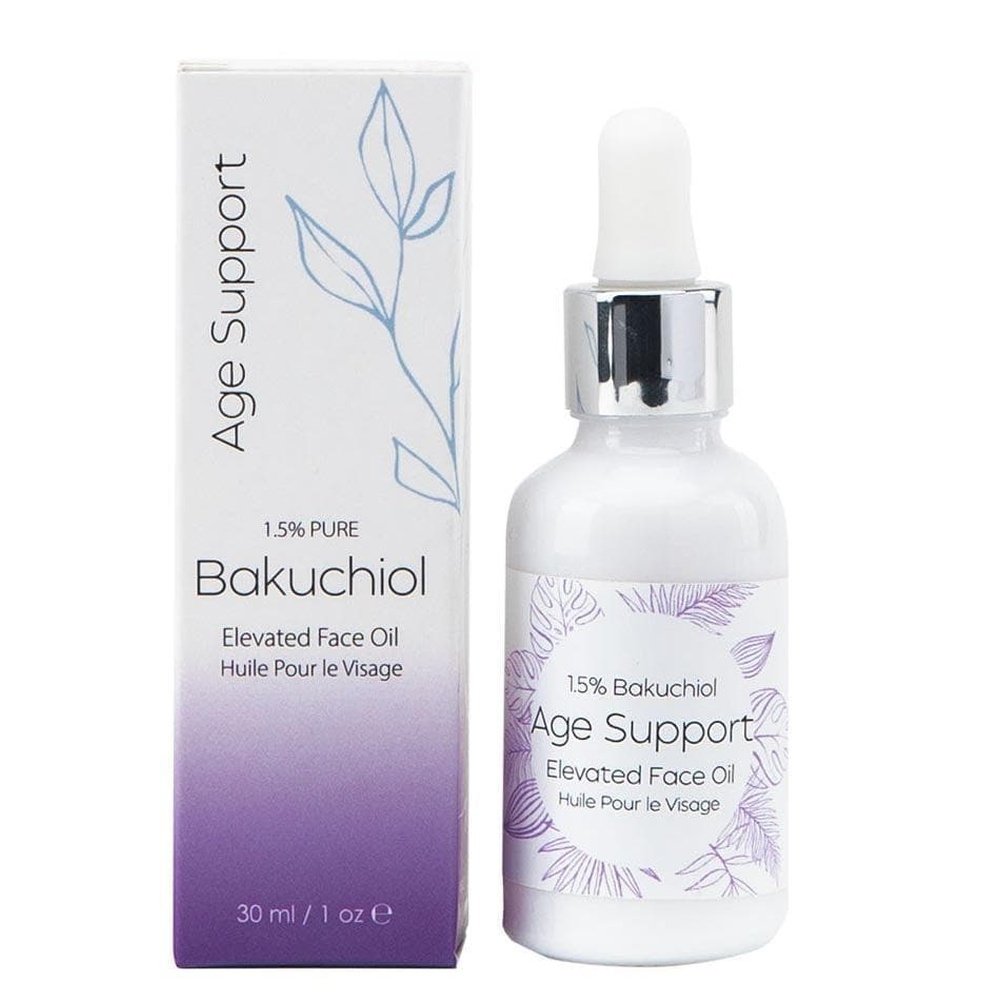
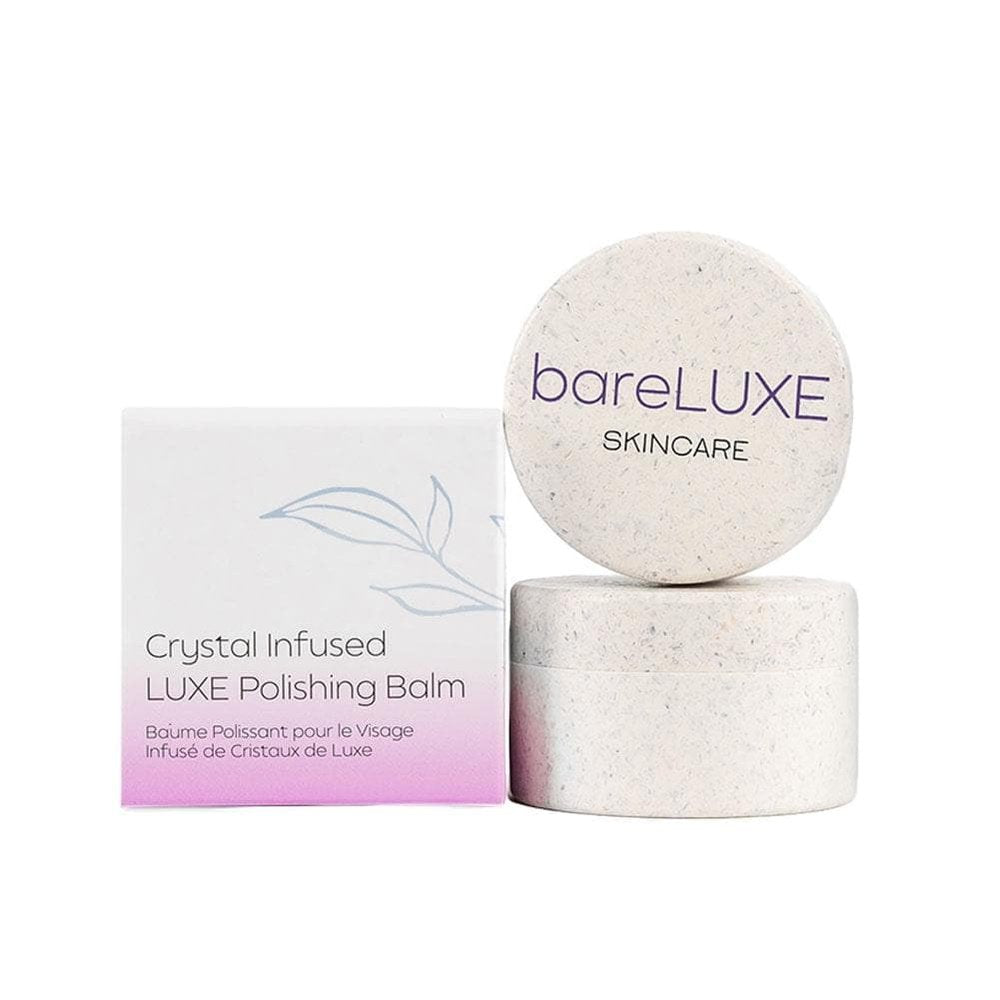
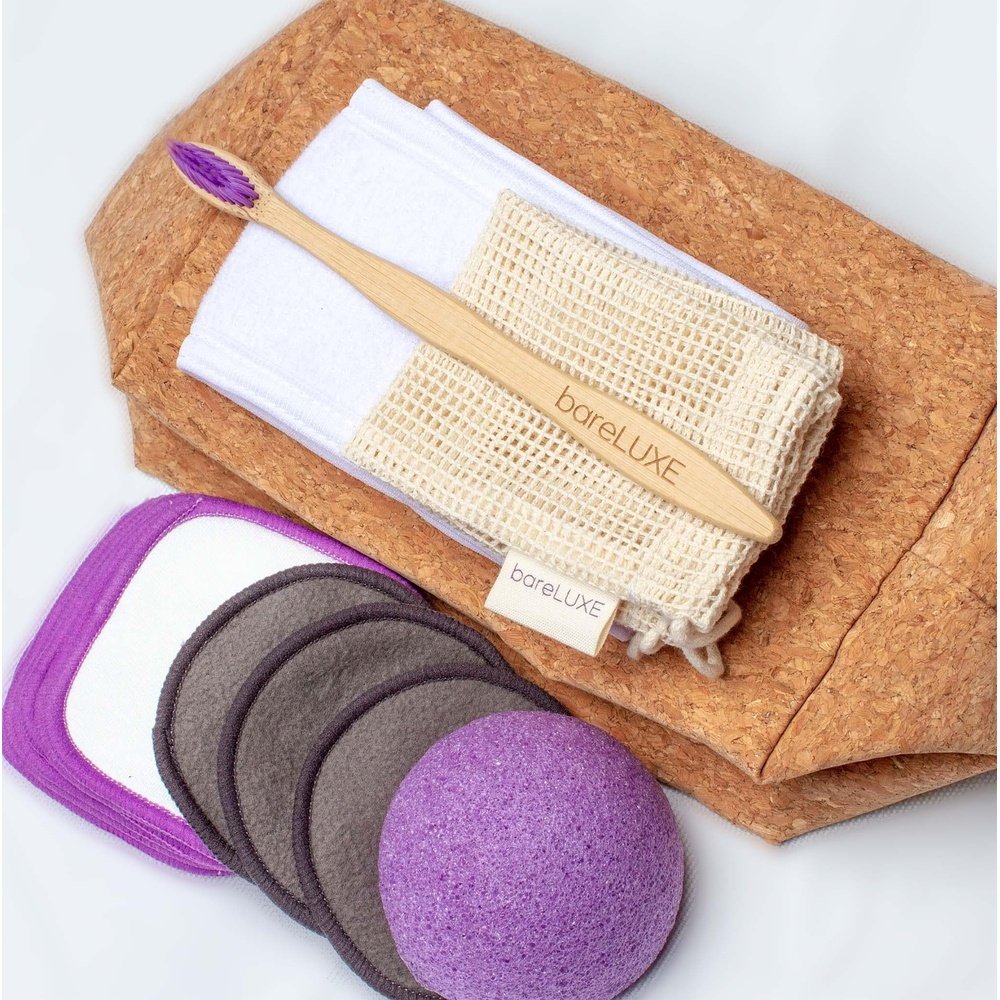
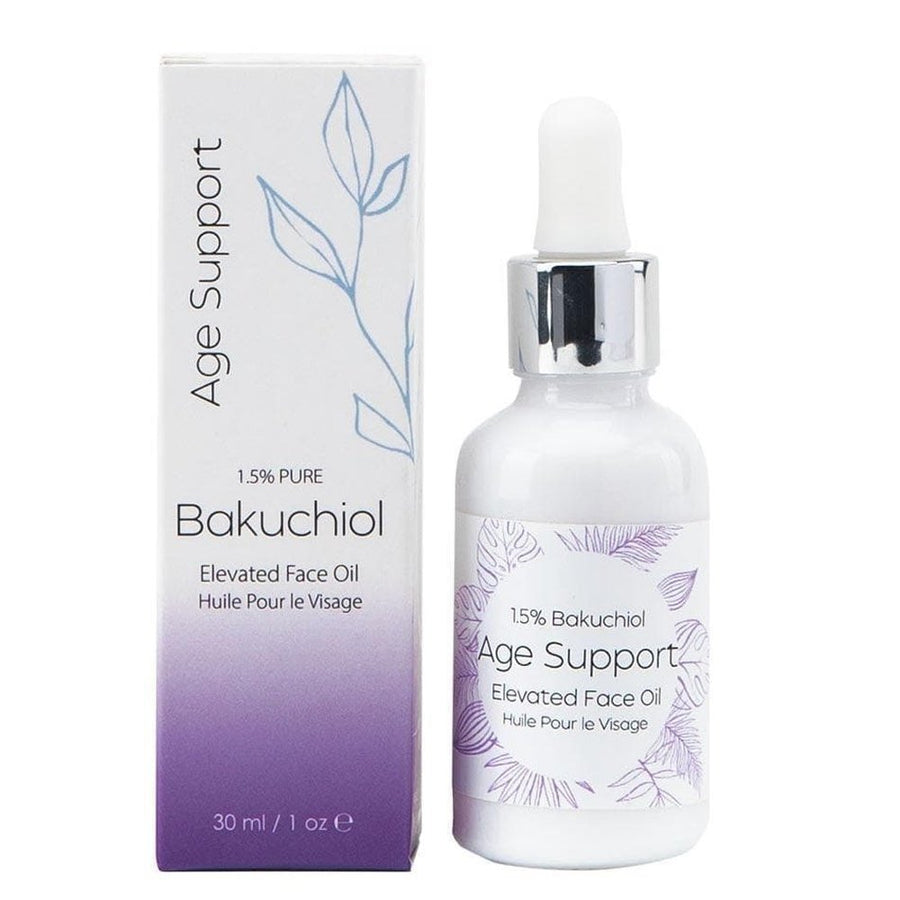
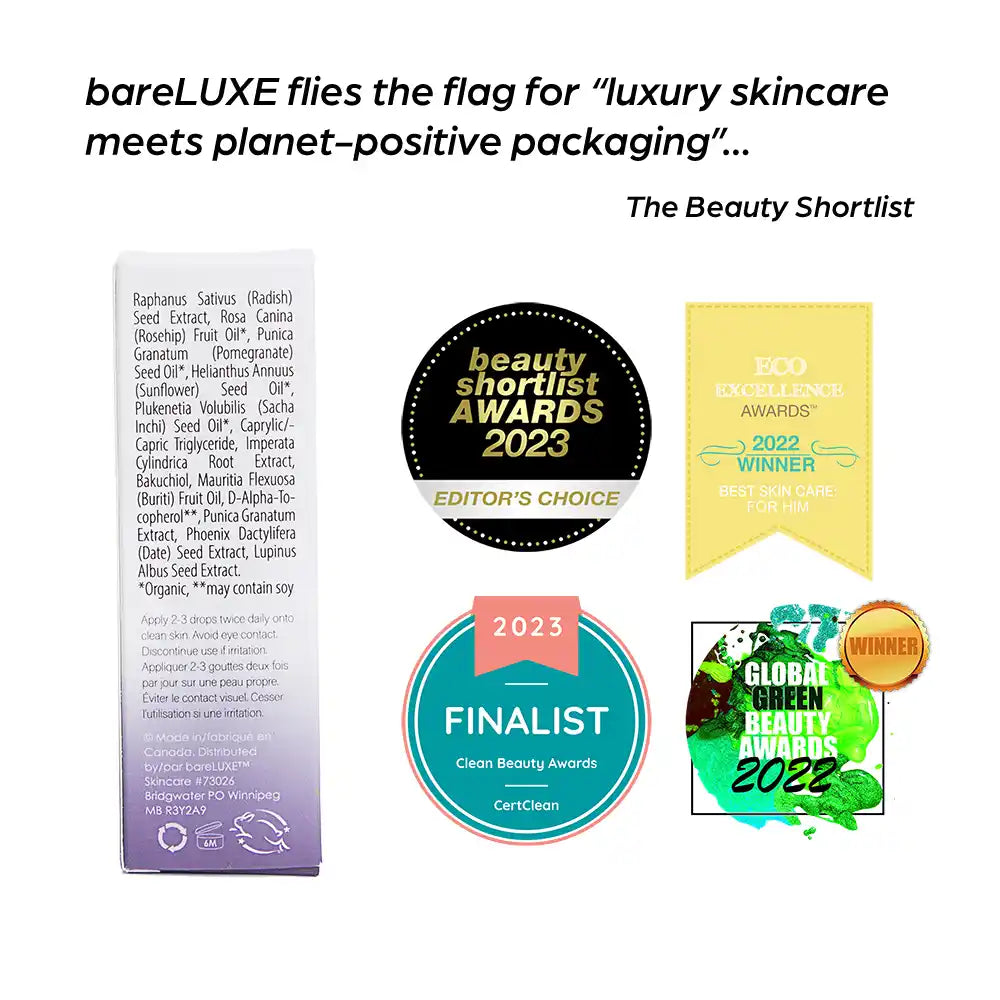
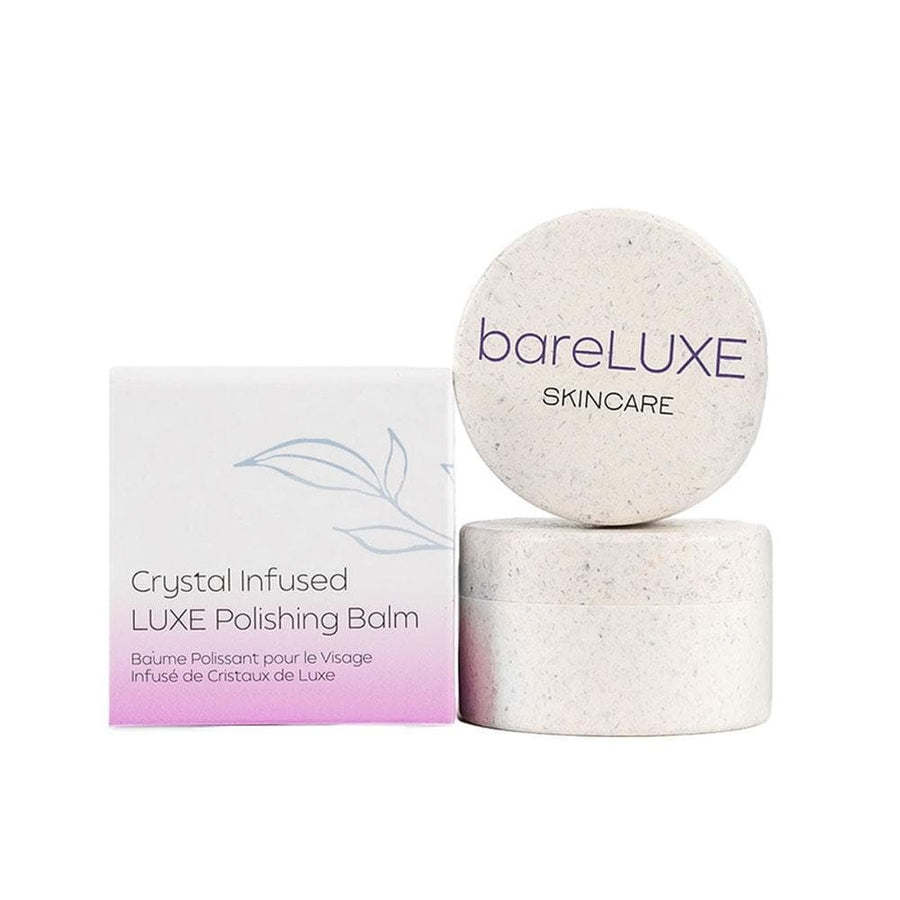
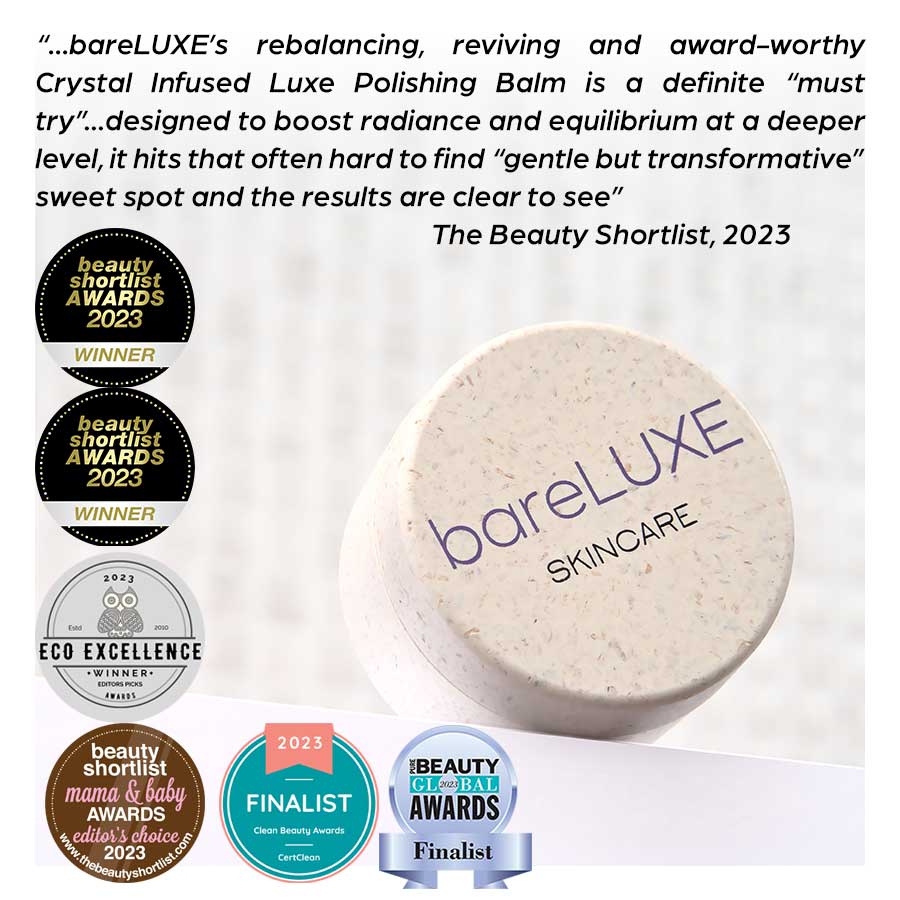
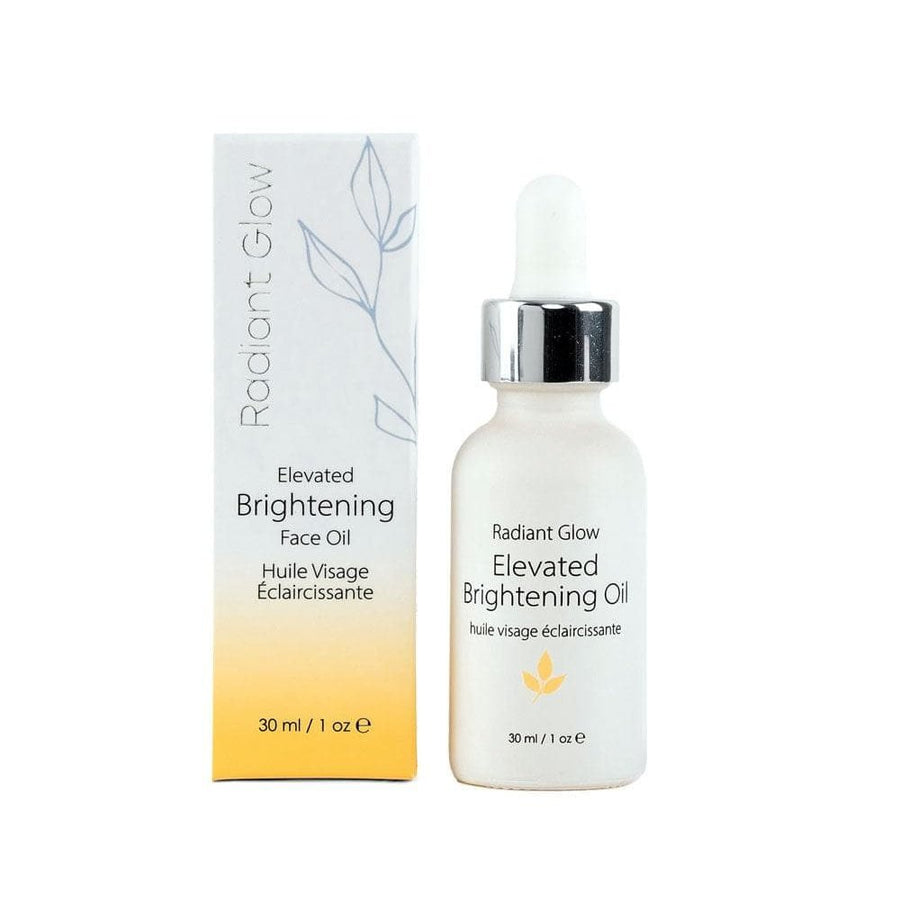
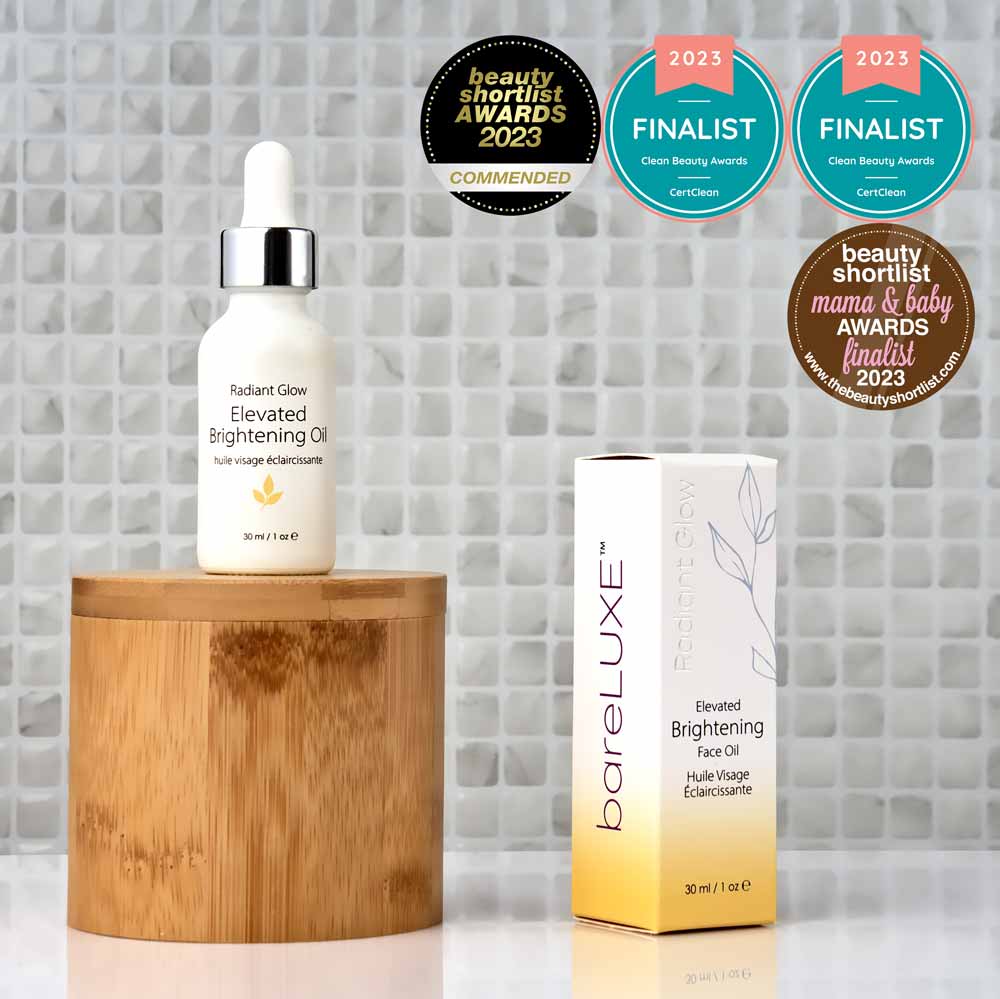
Leave a comment